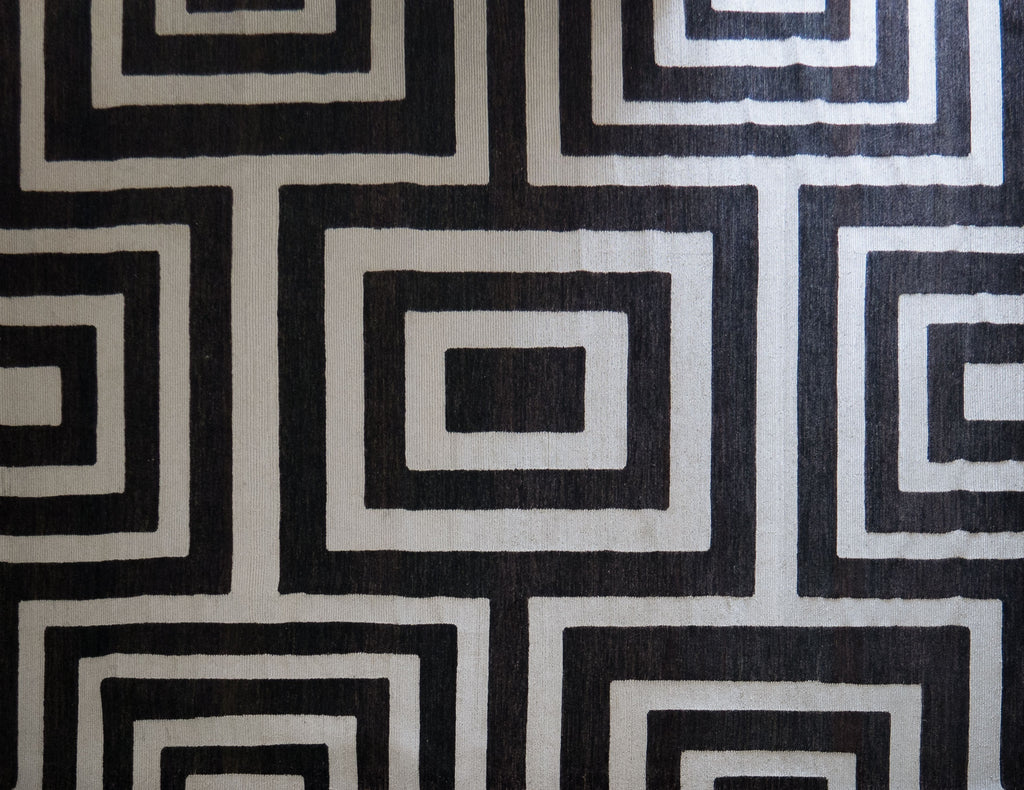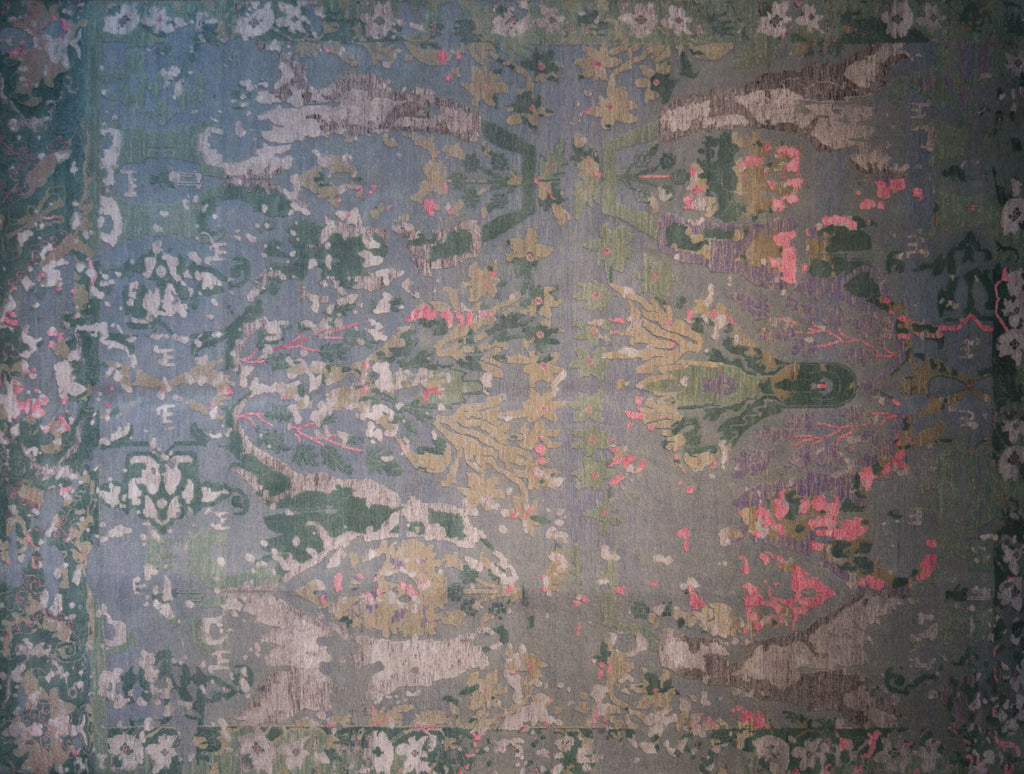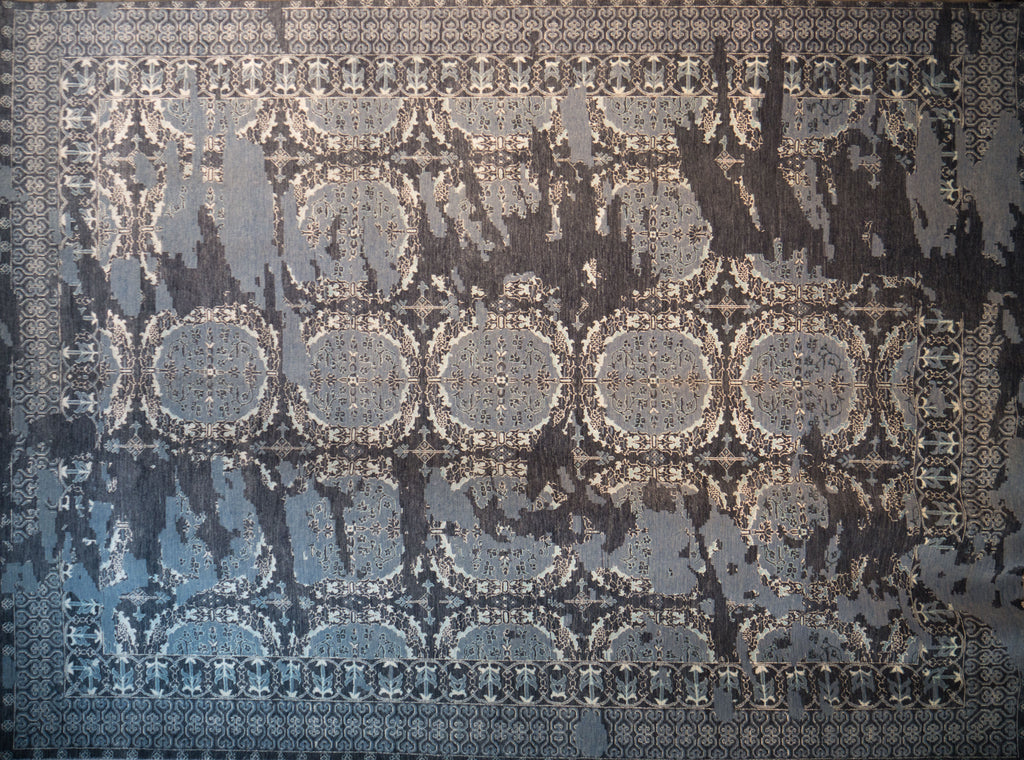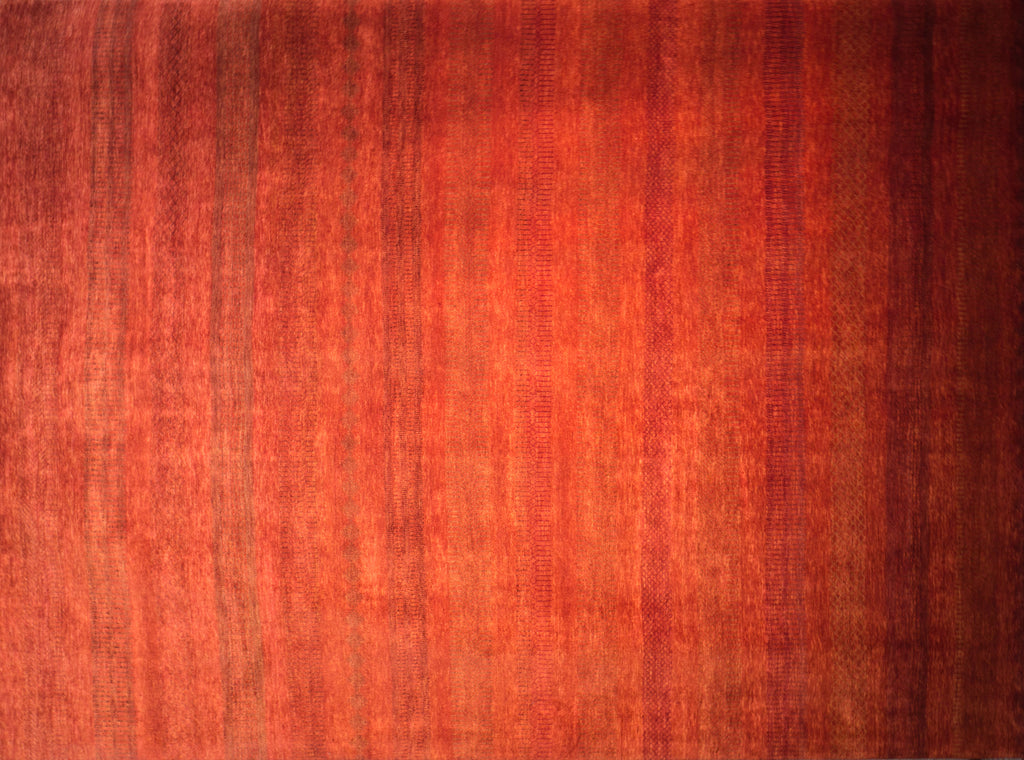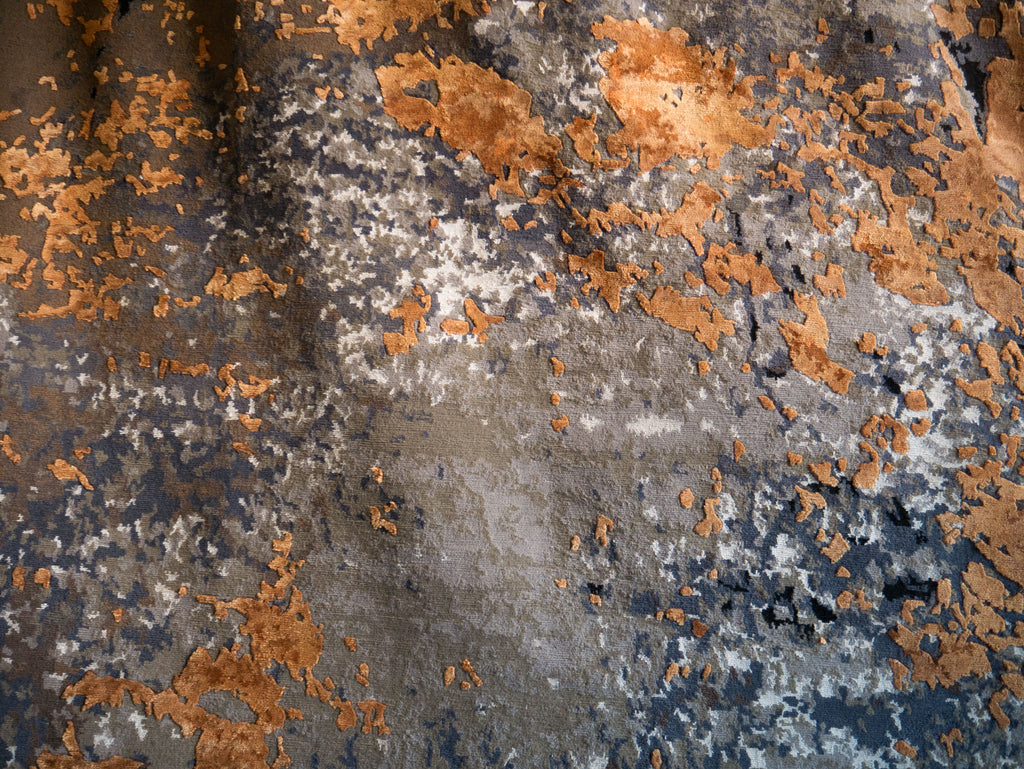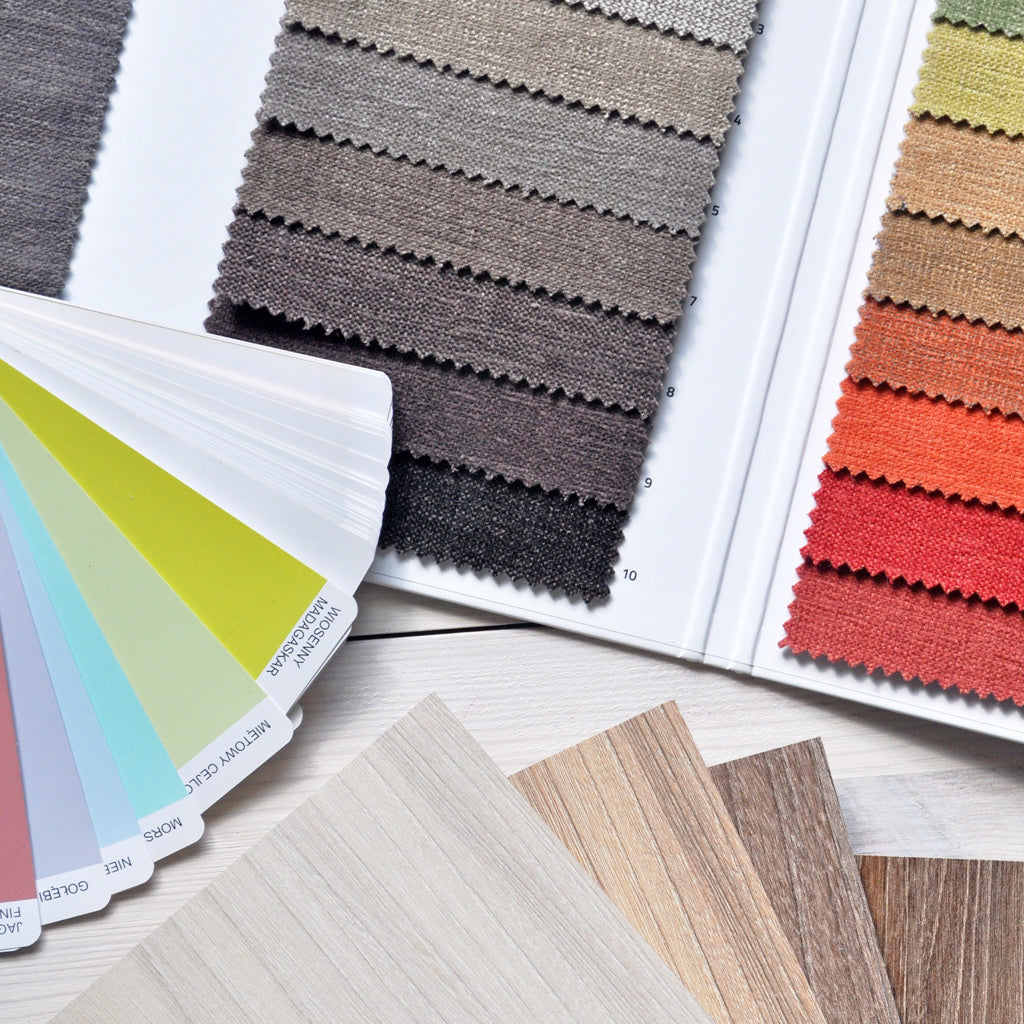
A Rug Shopper’s Guide | Top 5 Design Tips from Palace Rug Gallery
Shopping for a rug is an exciting one-of-a-kind experience. Like art, a rug's beauty ignites a room with complexion, wonder and admiration. Unlike wall art, you can physically feel your rug as it delivers a variety of benefits wherever it's placed. Traversing the universe of rugs can be formidable, so many sizes, styles, patterns, etc., so we created this guide to make the journey silky smooth! Absorb our top 5 rug design need to knows and become a master of our craft. Tips are ordered in importance to what you should decide first.
5. Understand Your Room
The most important thing to know when purchasing an area rug is to understand its room. We know, it sounds obvious, you wouldn't even be here if you didn't already have the place for the rug in mind! This is where we ask you to think deeper, let me break it down:

Don't simply know where the rug is going, understand where the rug is going.
Take a look at the room above, the light walls, hardwood floor and ceiling all appear rather bright. If they had went the route of a light rug, everything including the additional sunlight coming through the windows would effectively wash out all contrast. Instead, they balanced it out with dark tones and a splash of invigorating green to bring the room into harmony! It's known that colors and light have a huge affect on mood and using a rug is one of the best ways to control what colors go where. Consult the table below for a place to start!
AREA |
PERSONALITY |
|
Living Room Rug |
Inviting, Relaxing, Casual |
|
Dining Room Rug |
Formal, Energetic, |
|
Bedroom Rug |
Cozy, Warm, Personal |
|
Office Rug |
Productive, Thought Invoking |
|
Hallway Runner |
Movement, Dynamic |
4. Standard Sizing
Once you understand where your rug is going, lets dial in that sizing. "What size works in my room?" may be one of the hardest questions asked in history, or so you think! Many people settle on two or three sizes that they believe will fit their room, when in reality there is usually only one perfect size and occasionally a second option to satisfy budget.
Below is a great reference table to decipher what size you will require, click on one to view some of our collection and check out its look in a specific room:
| Size | Average Use |
|---|---|
| 3' x 5' | Entry (Single Door), Apartment, Split Room, Bathroom, Kitchen |
| 4' x 6' | Any Entry, Homes, Larger Apartments |
| 5' x 7'/8' | Dining Room (4 Chairs) |
| 6' x 9' | Entry, Living Room, Dining Room, Small Bedroom, |
| 8' x 10' | Living Room, Dining Room (6 to 8 Chairs), Bedroom (Queen Bed) |
| 9' x 12' | Large Living Room, Dining Room (8 to 10 Chairs), Bedroom (King Bed), Family Room |
| 10' x 14' | Family Room, Dining Room (12 Chairs), Bedroom (King Bed) |
| 12' x 15' & Oversize | Large Family Room |
| Square | Specifically Shaped Areas |
| Round | Specifically Shaped Areas |
| Runner | Hallways, Stairs, Kitchen |
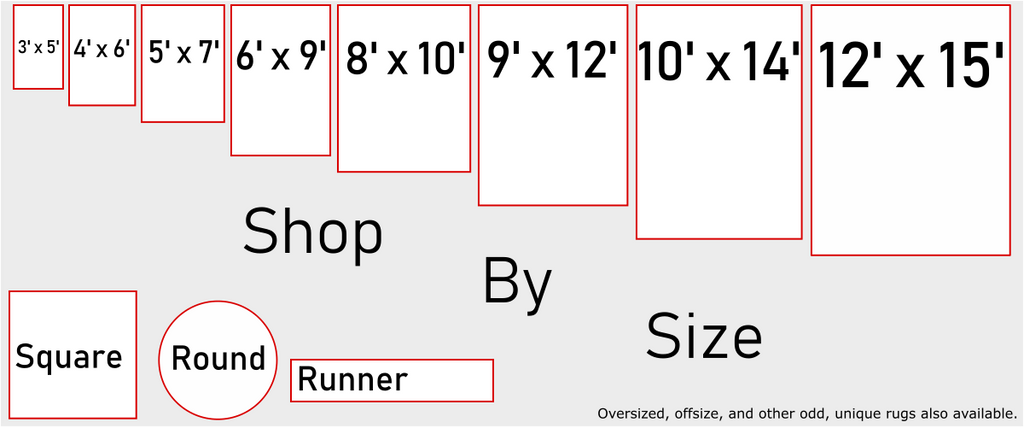
Placement
A good rule of thumb is to treat a rug like the painting in a frame, and the frame as the surrounding flooring. This method creates a beautiful appearance akin to a wall portrait. On the other hand, stretching a rug to the walls just looks rather poor.

Why cover up the beauty of your floor when you can let it work with the rug to create something special?
My Handmade Rug Isn't Standard Size?
When it comes to standard sizes, there is a bit of a phenomenon. Most machine made rugs you come across will be exact sizes with not even an inch to spare, but when you analyze hand made rugs, something is up. Due to the nature of being hand made, many sizes will fluctuate around the standard size within a roughly 5 inch bracket. You may be shopping for an 8' x 10' rug, but later find out it's actually 7' 9" by 10' 2"! Did the rug shrink or expand? Am I buying a faulty product? How can I trust this rug who is lying about his size!? The truth is, you are buying a work of art created by a master of his craft. He will stick to one of the standard sizes of looms, but he is weaving organic materials to create his art (wool and silk) over the course of months to years. The fact that they still stay within an estimate of the standard size is magic!
3. Choosing A Style
After nailing that size, we can finally get into the fun stuff! Though the most commonly known look for a rug is traditional, there are quite a few other styles that are a treat to explore. Each one has their place in a room and each could accent your space in many different ways. However, what it really comes down to is what style speaks to you the greatest and which you ultimately fall in love with!
Modern/Contemporary
Modern rugs are the essence of the now, the creation left from a series of major movements in art from the past 60 years. From Pop Art and Conceptualism to Photorealism and Minimalism, modern rugs take inspiration from all facets of art today!
|
Famous Origins - |
Tibet, Nepal, Belgium, India, Pakistan |
|
Strong Feature - |
A Few Strong Colors, Geometric, Abstract |
|
Common Use - |
Enhance Minimalism, Make A Bold Statement, Accent Colors |
Traditional
Traditional design rugs are the heart and soul of the weave. No other style would be here without their roots! Each Traditional or Oriental rug style is named after its country or city of origin, each being incredibly unique and loyal to where it came from. Nowadays, many countries copy each others design, build upon it, and create something truly elegant to bring to your room.
| Famous Origins - | Iran, India, Afghanistan, Pakistan, Turkey, Morocco |
| Strong Features - | Medallion & Border, Floral Patterns, Historical Connections, Vegetable/Herb Dye |
| Common Use - | Formal Rooms, Center Pieces, Flexible Color Palettes |
Transitional
Fuse together a Tradition and Modern Rug, what to do you get? You guessed it, the Transitional style! Since inspiration can be gained from either side, you can wrap this style up with one word, timeless. In the 1950's, this style was created to respond to the modernist appeal. The Transitional design theory takes rug style to whole new heights by fusing motifs from classic Traditional pieces with the abstraction of modern flow.
| Famous Origins - | Pakistan, India, Nepal, China, Morocco |
| Strong Features - | Timeless Patterns, Rich Motifs, All Over Designs |
| Common Use - | Casual or Formal, Versatile With Every Design, Middle Ground of Styles |
Gabeh & Tribal
These styles of rugs have a very modest and simplified look. Bordering minimalism, Gabeh, Tribal and Southwestern rugs take the saying "less is more" to heart with each design, fusing bold colors with geometric shapes. Favorited by many, this peculiar style lends itself to casual and fun rooms. Though the designs are modest, Gabeh and Tribal rugs frequently become the center of a rooms attention.
| Famous Origins - | The Navajo Native Americans, Morocco, Iran, Afghanistan, Turkey |
| Strong Features - | Bold often single colors, Strong geometry, Traditional motifs |
| Common Use - | Baby rooms, Kid rooms, Casual living and dining rooms |
2. Colors of Rugs
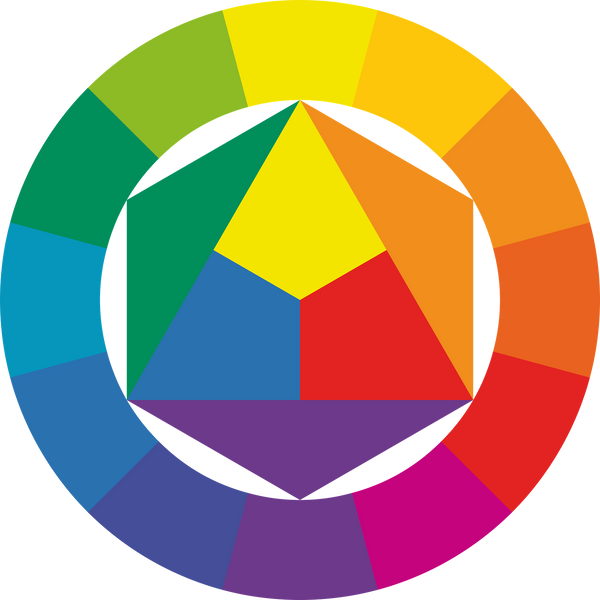
If you need a refresher in choosing colors, Canva has a fantastic guide to Color Theory here. Likewise, you can visit either of our locations, send us an email, or give us a call to have one of our professional designers guide you in the right direction! :)
Picking a style and pattern is a great way to narrow down the range of colors you have available to choose from, some harder to find than others. Their color comes from the wool, which is then dyed in an assortment of hues. Here's a mini guide that will show you what to expect:
Vegetable Dye
A traditional method of dyeing, Vegetable dye has become a popular look and is regularly sought after. How do they perform this method you ask? Well you guessed it, real life vegetables, herbs, and other plant sources are soaked in water for a length of time until they reach a desired saturation. Dyeing wool this way is no easy feat and acquiring different resources for different colors can be difficult, not every source is readily available to harvest. Below you will find each color and their origin, note which colors to look out for if you are searching for something specific! Some colors will be rare and therefore raise their price, if you enjoy the Tradition or Transitional look its a good idea to analyze the colors you require to make the style work:
| Color | Source | Rarity |
|---|---|---|
| Red | Madder, Lichen, Prickly Pear Cactus | Common |
| Orange | Madder (Made with Red and Yellow), Alder | Rare |
| Yellow | Larkspur, Saffron, Pomegranate Rind | Rare |
| Green | Larkspur & Indigo Mix | Rare |
| Blue | Indigo | Common |
| Purple | Beet, Lac | Extremely Rare |
| Pink | Beet, Madder | Extremely Rare |
| Brown | Cutch, Bark, Walnut | Common |
| Black | Tannin & Dark Sheep Wool | Uncommon |
| White | Undyed Sheep Wool | Common |
An example of vegetable dye.
Synthetic/Artificial Dye
As technology progressed, the method of making dyes with chemicals took over the more cumbersome, Vegetable style. Colors that were once impossible now appear in rugs everywhere, thanks to the ease and accuracy synthetic dyes offer! Not only that, but weavers now mix vegetable dyes with artificial ones creating rather elegant pieces of art. Due to the availability of synthetic dyes, their use does not effect the price point of the rug they're used in. Controversy still clashes around which is better, with each having their pros and cons, however it really comes down to the look you desire.
An example of synthetic dyes.
1. Patterns of Rugs
When buying a rug a lot of times it's all about the look and feel. Though these are hugely important factors, it is still fun and informative to learn a bit about what's creating that beautiful look! Every style of a rug is home to a variety of patterns and motifs that describe objects and tell stories integral to the culture surrounding it. If you have any questions regarding the symbols you see on a rug you love, don't be afraid to ask us what it means. Uncovering each rugs' hidden secrets is one of the joys of shopping for one! Some lovely motifs:
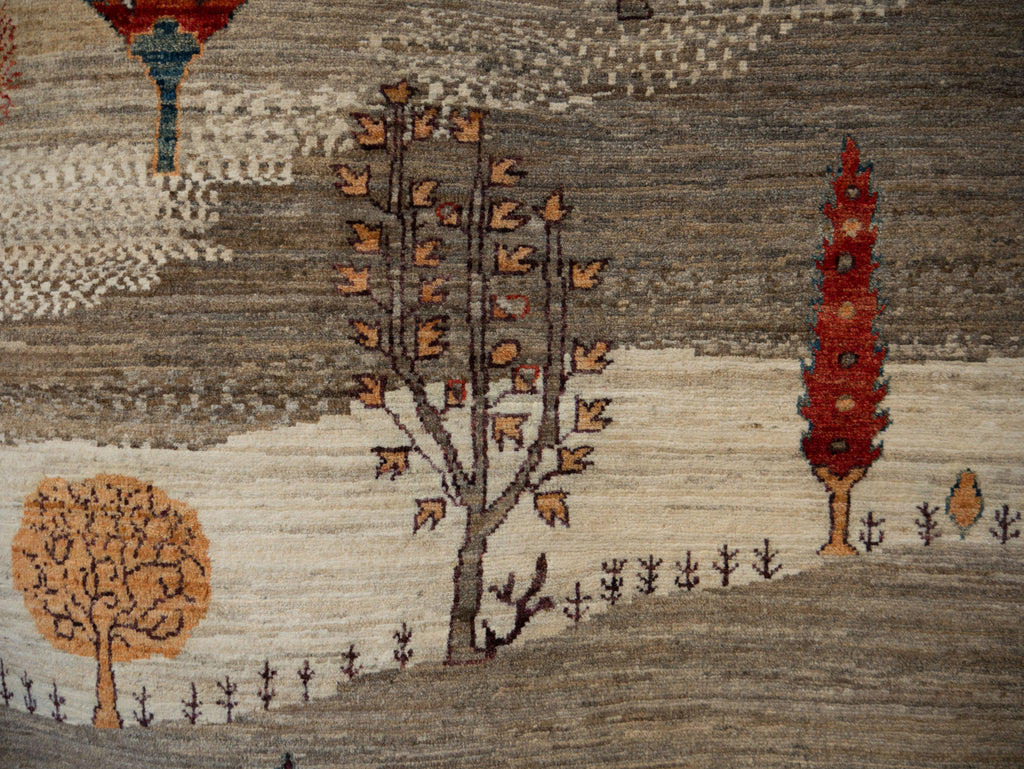
An assortment of mountains and trees.

Village goat, a popular motif found across many different styles of rugs.
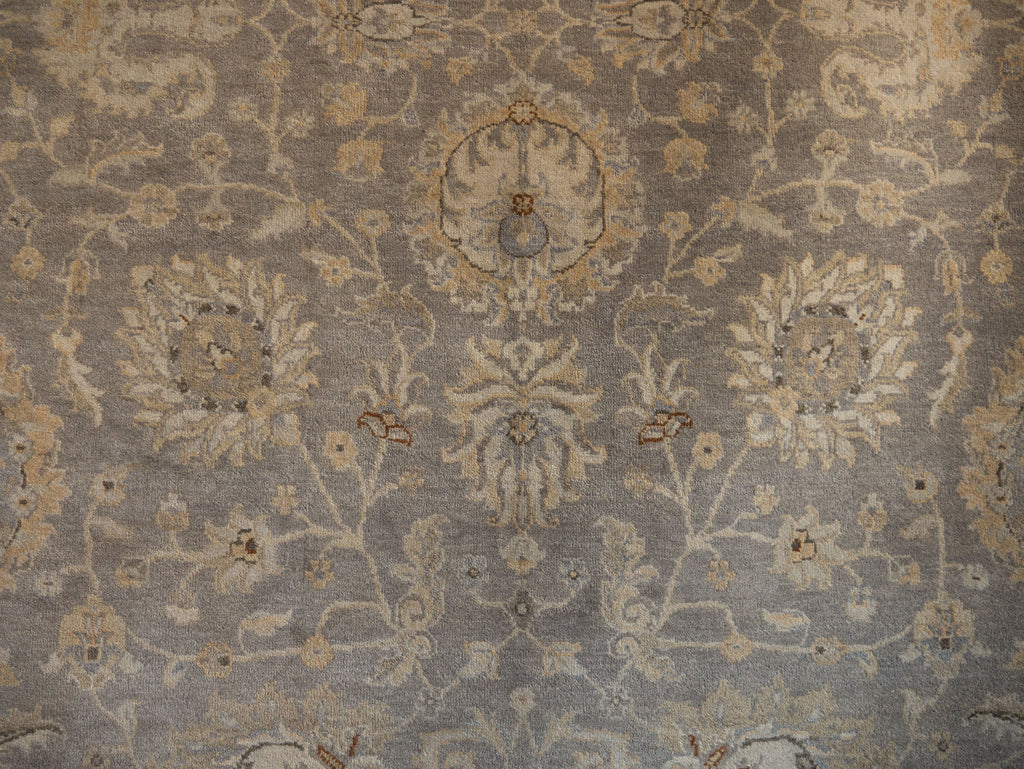
Traditional Floral Pattern, one of the most widely known and loved motifs.
If finding your perfect rug or carpet proves troublesome, you can custom make any color and pattern through Palace Rug Gallery. We work with many interior designers to create beautiful pieces to custom fit any home. Get in contact with us for more info! Have any design tips we left out or any additional questions? Leave a comment below and join us in conversation!


